Ground shipping is currently paused. Local deliveries throughout Long Island will continue as usual. Pre-orders for fall are now open. Non-local orders will begin shipping again in early September. Click here to learn more.
Please be aware that all shipping will be suspended on December 22 and will resume January 5. Dismiss
Skip to contentGround shipping is currently paused. Local deliveries throughout Long Island will continue as usual. Pre-orders for fall are now open. Non-local orders will begin shipping again in early September. Click here to learn more.
| Size | |
|---|---|
| Common Name | |
| Type | |
| Family | |
| Native? | |
| Zone | 3, 4, 5, 6, 7, 8 |
| Height Range (ft.) | 15 to 25 |
| Spread (ft.) | 20 to 30 |
| Bloom Time | |
| Bloom Description | Dense, Greenish-yellow flowers, upright cone-shaped clusters |
| Sun | |
| Water | |
| Maintenance | |
| Suggested Use | |
| Tolerate | |
| Attracts | |
| Growth Rate |
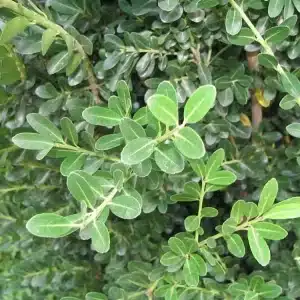
Staghorn Sumac is a native shrub or small tree with velvety stems, red fruit clusters, and brilliant fall foliage. Ideal for naturalized areas, erosion control, and wildlife gardens.
$12.99
Please note: Sizes 1.5 Gallon and up can’t be shipped outside the counties of Nassau, Suffolk, and Queens.
Learn more about how the process works and how our plants are delivered.
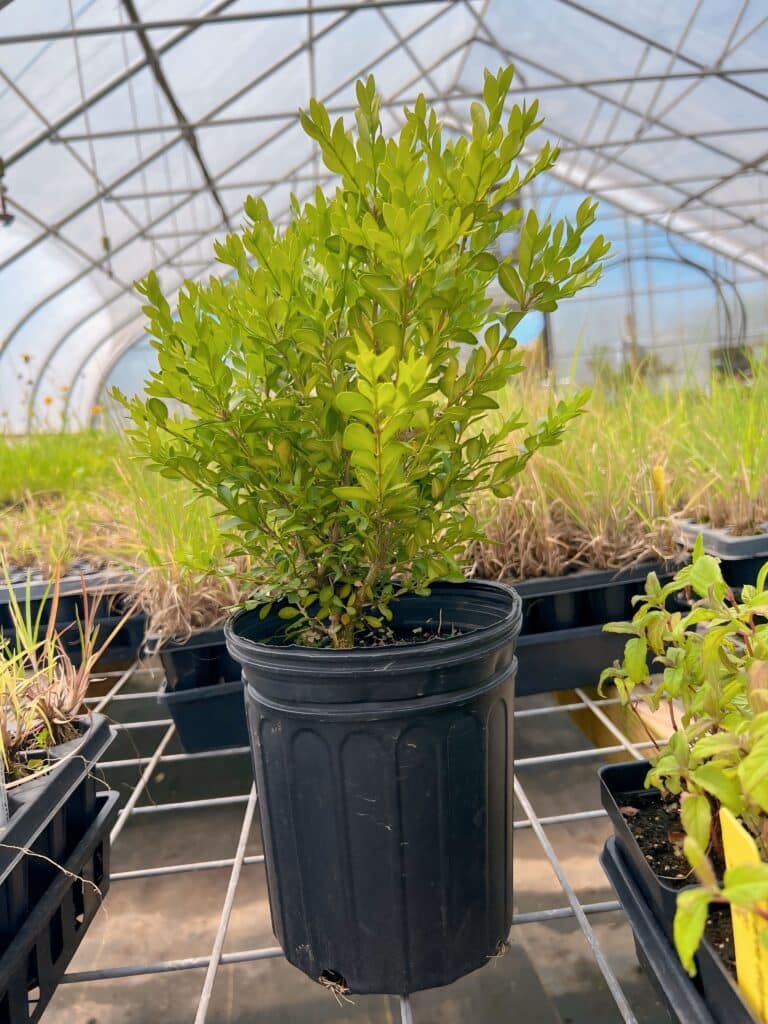

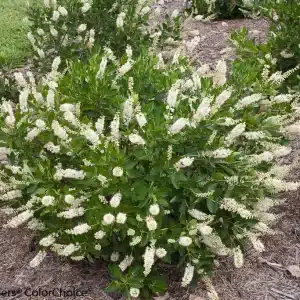
Ground shipping is paused due to summer heat. Only local delivery (Long Island & Queens) is available. Orders placed during the pause will begin processing September 1, and ground shipping will resume September 15.
| Size | |
|---|---|
| Common Name | |
| Type | |
| Family | |
| Native? | |
| Zone | 3, 4, 5, 6, 7, 8 |
| Height Range (ft.) | 15 to 25 |
| Spread (ft.) | 20 to 30 |
| Bloom Time | |
| Bloom Description | Dense, Greenish-yellow flowers, upright cone-shaped clusters |
| Sun | |
| Water | |
| Maintenance | |
| Suggested Use | |
| Tolerate | |
| Attracts | |
| Growth Rate |
Rhus typhina, commonly known as Staghorn Sumac, is a hardy, native deciduous shrub or small tree recognized for its bold texture, striking form, and exceptional fall color. Growing 15 to 25 feet tall and wide, it features open, spreading branches and velvety young stems that resemble the antlers of a stag—hence its name.
In mid to late summer, upright clusters of fuzzy red fruit (drupes) form, persisting into winter and providing a valuable food source for birds and wildlife. In autumn, Staghorn Sumac’s pinnately compound leaves turn brilliant shades of red, orange, and yellow, making it a standout in native landscapes, naturalized areas, and restoration projects.
/5
Total reviews
|
|
Persons recommended this product
Anonymous
Shopper
check_circle Verified
Shop owner replied
Was this helpful
Anonymous
Shopper
check_circle Verified
Shop owner replied
Was this helpful
There are no reviews yet.
Be the first to review “ ”
Your feedback helps us improve our service.
Please log in to submit a review.
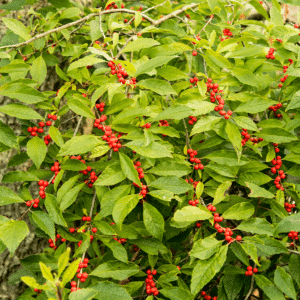
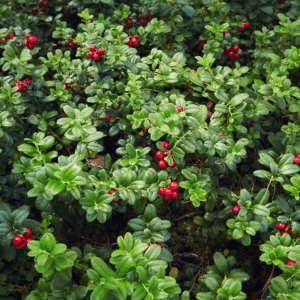
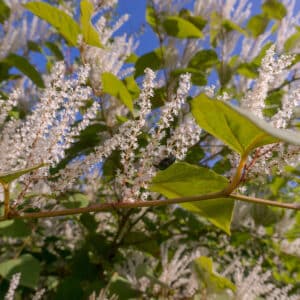

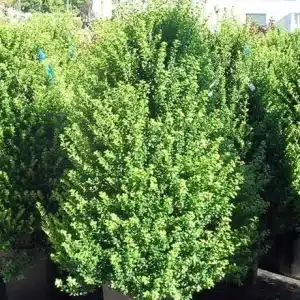

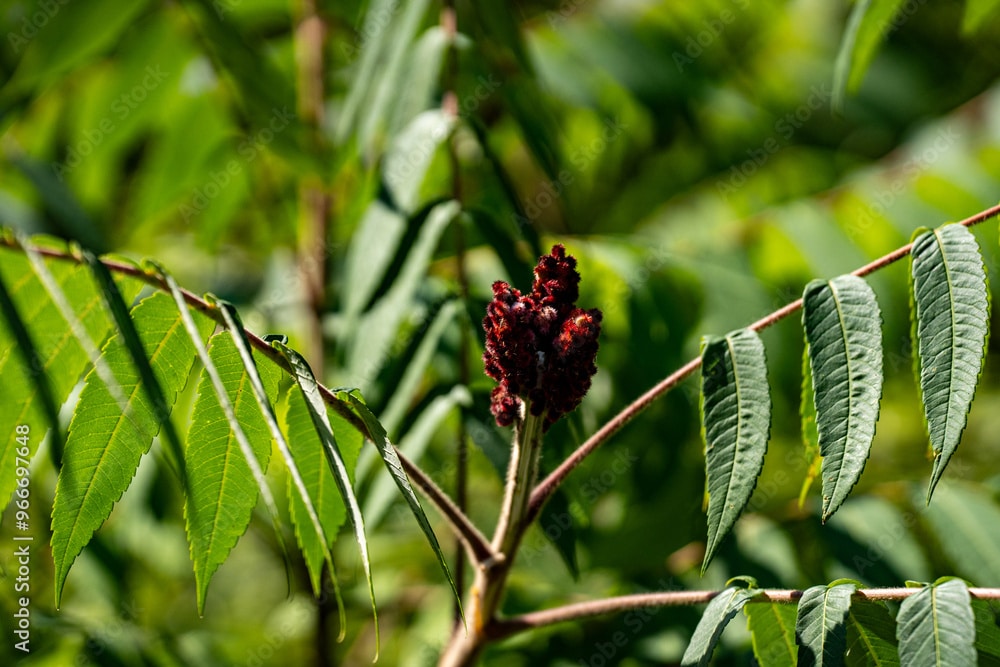
Staghorn Sumac thrives in full sun but tolerates partial shade. It prefers well-drained soils and is highly adaptable to poor, dry, rocky, or sandy soils. It’s drought-tolerant once established and works well in naturalized areas, slopes, or erosion control plantings.
Staghorn Sumac is a large, spreading deciduous shrub or small tree, typically growing 15 to 25 feet tall with an equal or greater spread. It forms large colonies by suckering, which can create dense thickets if not managed.
It blooms in early to mid-summer, producing greenish-yellow flowers in dense, upright clusters. These are followed by bright red, fuzzy fruit clusters (drupes) that persist through winter and provide a striking contrast against bare branches and snow.
Yes! The fruit clusters provide food for birds and small mammals during fall and winter. The dense thickets offer cover and nesting habitat for wildlife, and the flowers attract pollinators, including bees and butterflies.
No, Staghorn Sumac is low-maintenance, but it can spread aggressively through suckers. Regular removal of unwanted suckers can help control its spread. It’s deer-resistant, disease-resistant, and thrives in challenging conditions with little intervention
Our gift cards make it easy to share the beauty of plants, flowers, and all things green. Whether for a special occasion or just because, give the gift of choice and let them select their favorites to create a garden they’ll cherish.
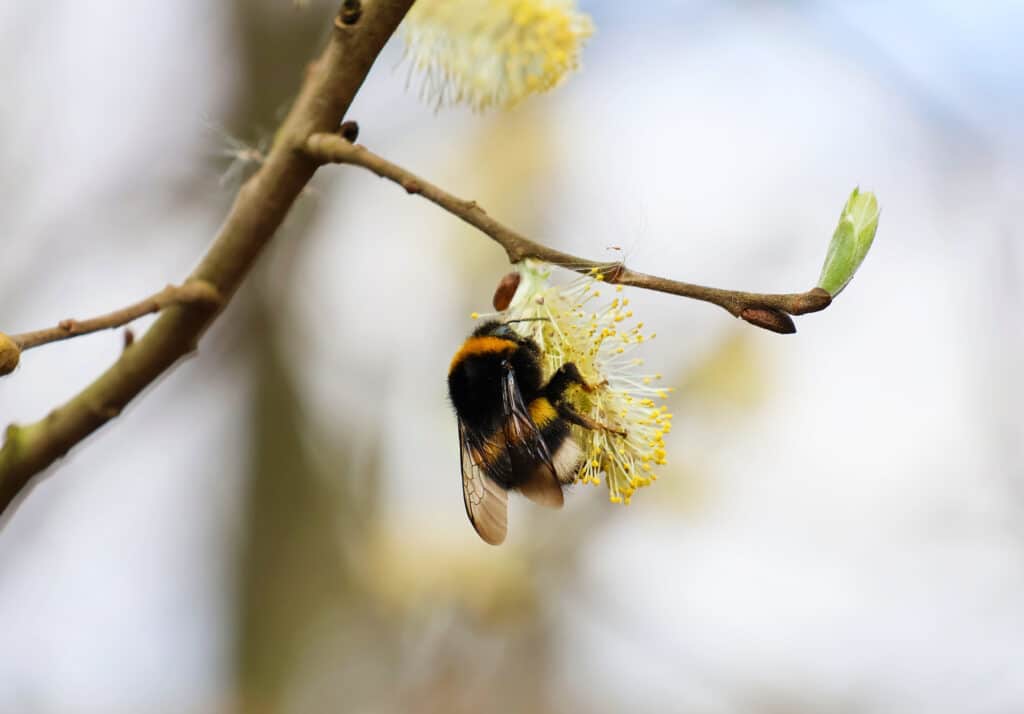
Only Local Delivery Available (Long Island & Queens)
Ground Shipping Paused
To protect our plants from extreme summer heat, we’ve paused nationwide ground shipping to avoid any damage during transit.
Local Delivery Only
We’re still delivering locally to Long Island and Queens, so nearby customers will continue to receive orders as usual.
Fall Pre-Orders Are Open Nationwide!
We will resume normal shipping for non-local orders placed during the pause in early September.
Thank you for your support and understanding—we’re looking forward to growing with you this fall!
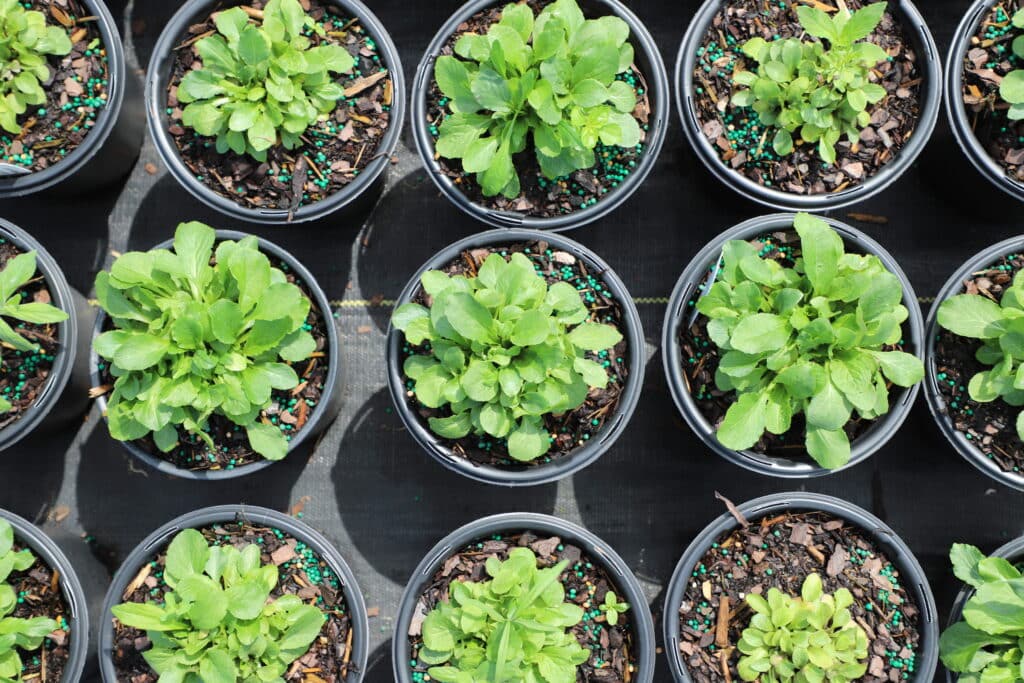
Shipping Paused
Please be aware that all shipping will be paused on December 22.
Any orders placed after that time will be fulfilled when we resume operations in January 2025.